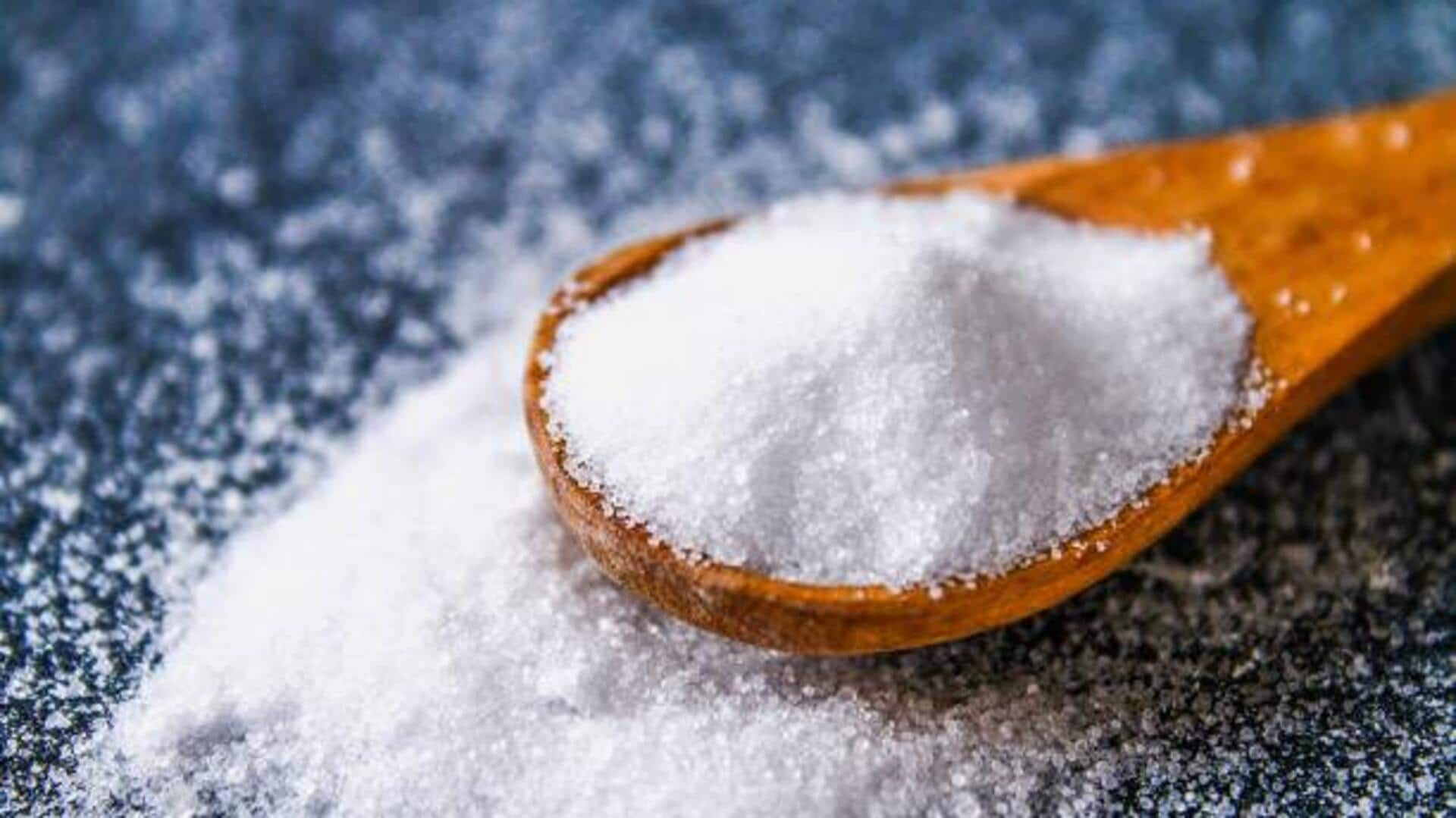
Is salt really bad for you? Let's find out
What's the story
Salt has always been a staple in kitchens across the globe, but is often misconstrued. There are several myths associated with its intake and impact on health. We aim to debunk these myths by sharing factual information about sodium. Knowing how salt works in our body can help you make smart choices about it, and keep the right balance with this vital mineral.
Essential mineral
The role of sodium in the body
Sodium plays a key role in fluid balance, nerve function, and muscle contractions. It regulates blood pressure and volume. Even though it is important, too much of it could lead to health issues like hypertension. It is important to note that while sodium is essential for bodily functions, moderation is the key to avoid any potential negative effects.
Misconceptions unveiled
Common myths about salt intake
One common myth is that all salt is bad for health. In reality, the body needs some sodium to function properly. Another misconception is that cutting down on salt drastically will remove all the health risks associated with it. But too little sodium can also lead to problems like hyponatremia. It's important to strike a balance rather than cutting salt out of the diet completely.
Varieties explained
Differentiating between salt types
There are various kinds of salt, including table salt, sea salt, and Himalayan pink salt. Though they vary in taste and texture due to mineral content and processing methods, their sodium content is similar per gram. Ultimately, choosing between them is more a matter of personal choice than significant health benefits or risks.
Practical suggestions
Tips for managing sodium intake
To keep sodium in check, start reading food labels carefully. Processed foods often have hidden salts in high quantities. Cooking at home gives you better control over how much salt goes into your meals. As opposed to dining out or eating pre-packaged foods. There, you have less control over the ingredients used in preparation stages before they land on your plate at mealtime.